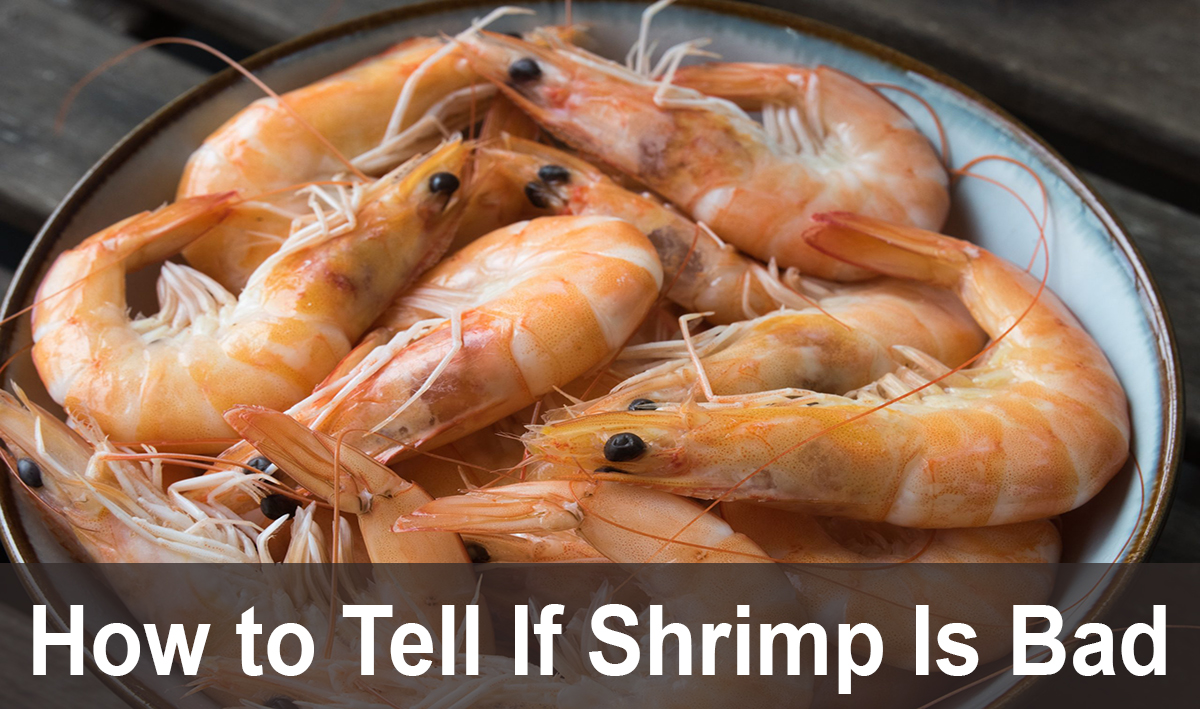Hey there seafood lovers! As someone who’s worked extensively with seafood and dealt with countless shrimp-related questions from our readers, I’m here to give you the complete lowdown on shrimp freshness At Quick Dish, we know how important it is to serve safe and delicious seafood to your family
The Short Answer
Raw shrimp typically goes bad within 1-2 days in the fridge while cooked shrimp lasts 3-4 days when properly refrigerated. But there’s way more you need to know to keep your shrimp safe to eat!
How to Tell If Your Shrimp Has Gone Bad
1. The Smell Test
Trust your nose on this one! Here’s what to watch out for:
- Fresh shrimp: Should have little to no odor
- Bad shrimp: Has a strong ammonia-like or sour fishy smell
- If it smells off, don’t risk it!
2. Visual Inspection
Your eyes don’t lie when it comes to spotting bad shrimp
Fresh Shrimp Should Look:
- Clear with a pearl-like color
- Translucent and shiny
- Pink, gray, or white (depending on type)
Bad Shrimp Shows:
- Black spots on shell or flesh
- Yellowing or unusual discoloration
- Dull, lifeless appearance
- Any green or blue coloring
3. The Touch Test
I always tell my readers this simple test:
- Fresh shrimp feels firm to touch
- Bad shrimp feels:
- Slimy
- Mushy
- Soft or falling apart
- Gritty or rough
Storage Guidelines to Keep Shrimp Fresh
Refrigerator Storage
Raw Shrimp:
- Store at 32-38°F
- Keep in coldest part of fridge
- Use within 1-2 days
- Store over ice in an open bag
- Cover with damp cloth
Cooked Shrimp:
- Refrigerate within 2 hours of cooking
- Store in airtight container
- Use within 3-4 days
- Keep in coldest part of fridge
Freezer Storage
We’ve found that freezing significantly extends shrimp life:
- Raw or cooked shrimp: Up to 6 months
- Must be stored properly in airtight containers
- Keep freezer at 0°F (-18°C)
Pro Tips for Buying Fresh Shrimp
When I’m shopping for shrimp, here’s what I look for:
- Check the catch date:
- Look for most recent date possible
- Ask about source location
- Verify it’s from a reputable supplier
- Inspect before buying:
- No strong odors
- Firm texture
- Clear, consistent coloring
- No frost or ice crystals (if frozen)
What Happens If You Eat Bad Shrimp?
Let me be real with y’all – eating spoiled shrimp ain’t fun! Symptoms usually show up within 30-60 minutes:
- Nausea
- Vomiting
- Diarrhea
- Headaches
- Numbness/tingling
- Confusion
Most cases resolve in 1-2 days, but if symptoms persist, get medical help ASAP!
Quick Reference Table: Shrimp Storage Times
| Storage Method | Raw Shrimp | Cooked Shrimp |
|---|---|---|
| Refrigerator | 1-2 days | 3-4 days |
| Freezer | 6 months | 6 months |
| Room Temp | 2 hours max | 2 hours max |
Common Questions We Get Asked
Q: Can I refreeze thawed shrimp?
A: Nope! Once thawed, ya gotta cook it. Refreezing can make it unsafe and ruins texture.
Q: How long can shrimp sit out?
A: Never leave shrimp out more than 2 hours at room temp. In hot weather (above 90°F), make that 1 hour max.
Q: What’s the best way to thaw frozen shrimp?
A: We recommend two methods:
- Overnight in fridge (best method)
- Cold water bath (15-20 minutes for quick thaw)
The Bottom Line
Keeping track of when shrimp goes bad ain’t rocket science, but it does need attention to detail. At Quick Dish, we always say – when in doubt, throw it out! Better safe than sorry when it comes to seafood.
Remember to use your senses – smell, sight, and touch are your best friends in determining if shrimp has gone bad. And always follow proper storage guidelines to get the most life outta your shrimp.
Got more questions about seafood storage? Drop us a comment below – we’re always here to help our foodie family stay safe and enjoy their meals!
Disclaimer: While we strive to provide accurate information, this guide shouldn’t replace professional food safety advice. Always use your best judgment and follow local food safety guidelines.

How to Thaw Frozen Shrimp
When you’re ready to use frozen raw or cooked shrimp again, proper thawing ensures the best texture and taste. Avoid thawing at room temperature, as this promotes bacterial growth.
Signs of Bad Shrimp
- Unpleasant Smell: Fresh shrimp has a mild, ocean-like scent. If it smells sour, fishy, or like ammonia, toss it immediately.
- Slimy Texture: If shrimp feels sticky, mushy, or slimy, it has gone bad.
- Discoloration: Shrimp should have a bright, fresh color. If it turns gray or has black spots, it’s no longer safe to eat.
- Rubbery Texture: Overcooked shrimp can be rubbery, but spoiled shrimp has an unnatural rubbery texture even before reheating.
When in doubt, throwing it out safely is more important than saving leftovers.
